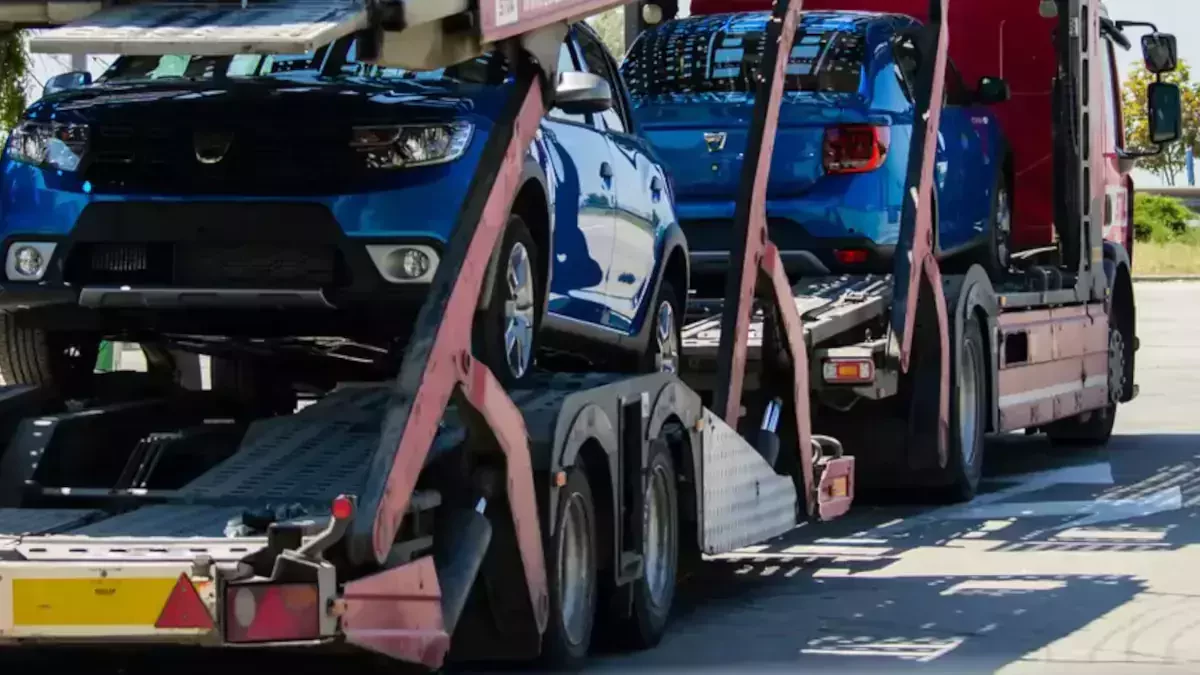
Cheapest Way to Ship a Car from State to State
Affordable Options for Shipping a Car from State to State Shipping a car from one state to another can seem like a daunting task, but finding the cheapest way to ship a car from state to state doesn...

Affordable Options for Shipping a Car from State to State Shipping a car from one state to another can seem like a daunting task, but finding the cheapest way to ship a car from state to state doesn...
How to Transport a Car from State to State When planning a long-distance move, figuring out the best way to transport a car from state to state is crucial. Whether you are relocating to a new home o...
Guide to Shipping Your RV to Europe Shipping an RV to Europe can be an exciting yet complex process. Whether you own a motorhome or a camper van, understanding the costs involved is a critical first...
Complete Guide to Cargo Container Shipping Costs Shipping a cargo container involves various factors that influence the total cost. Whether you are moving household goods, shipping a full container...
How to Safely Ship Your Car After Purchase: A Step-by-Step Guide Purchasing a car is an exciting milestone, but ensuring its safe and timely delivery can feel overwhelming, especially if it's from a...
What to Expect When Traveling with Your Car on Amtrak Taking your car on an Amtrak train can be a convenient and stress-free way to travel, saving you from the wear and tear of long road trips. The...
Essential Guide to Long-Distance Car Towing with a Truck Towing a car with a truck over long distances requires careful planning, the right equipment, and a good understanding of your vehicle's capa...
Trusted Vehicle Shipping Services with Full Insurance & On-Time Delivery Finding a reliable van transport service is essential for both personal and business needs. Whether you require a passeng...
Expert Modular Home Relocation Services You Can Trust When it comes to relocating modular homes, finding experienced modular home movers is crucial for a seamless and stress-free process. Whether yo...
Reliable Rig Transport Solutions Tailored to Your Project Needs When it comes to service rig transportation, reliability and expertise are key. Our specialized transportation company offers unparall...
Reliable Sprinter Van Shipping Services for Businesses and Individuals Experience the ultimate convenience and style with our sprinter van transportation services. Whether you're planning a trip for...
Safe & Efficient Shed & Utility Structure Moving Experts When it comes to relocating your storage shed or portable building, you need reliable utility building movers who can handle the job...
Reliable Outdoor Structure Transport Experts You Can Trust Looking for reliable utility shed movers to handle your shed relocation needs? Our experienced team specializes in providing efficient and...
Reliable Structure Transport Specialists with Decades of Experience Looking for reliable storage building movers to ensure a hassle-free relocation? Our expert team specializes in moving storage she...
Reliable Lumber Shipping Solutions Tailored to Your Needs When it comes to lumber transport, having a reliable and experienced partner is crucial to meet your shipping needs effectively. Whether you...
Expert Heavy Equipment Shipping with Specialized Flatbed Solutions When it comes to reliable flatbed transportation services across North America, we deliver unparalleled expertise and efficiency. W...
Our Partners:


A-1 Auto Transport is a disclosed agent for the following shipping companies:



